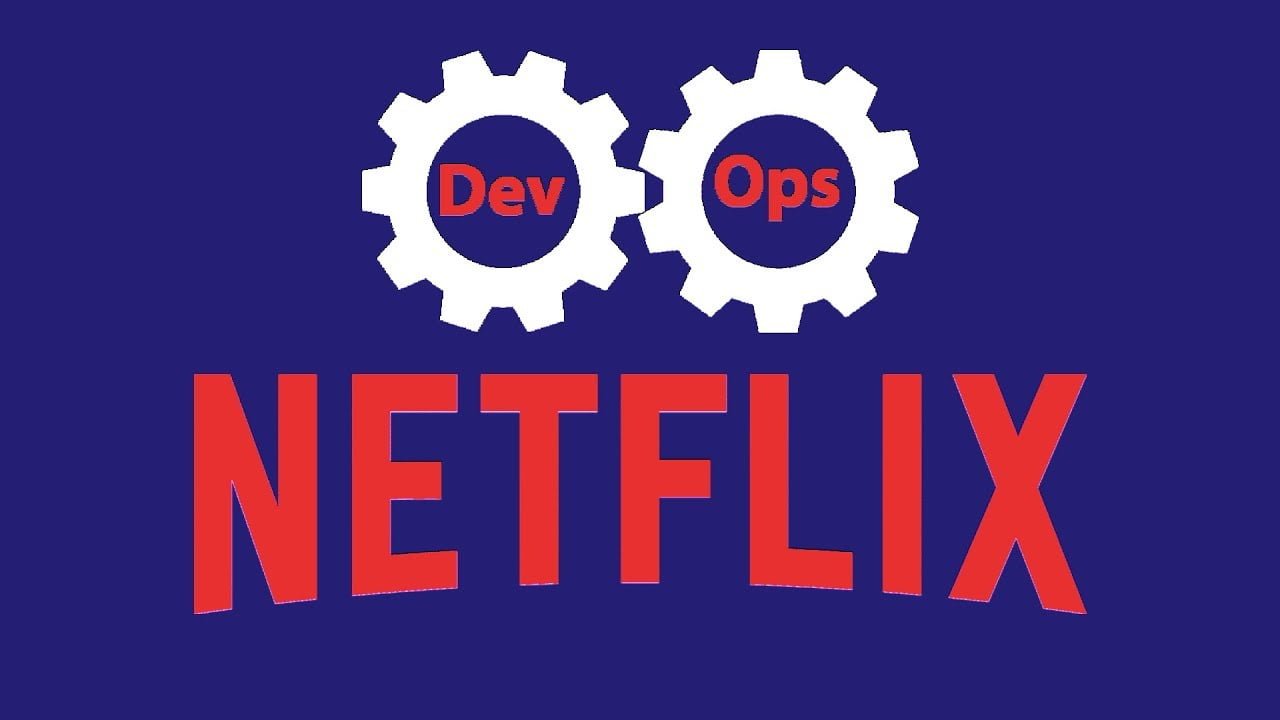
Does Netflix Use DevOps?
The way we consume content has changed drastically thanks to Netflix, a pioneer in the field of streaming entertainment. A strong and effective DevOps methodology is crucial in the background for assuring the seamless delivery of information to millions of users worldwide. A toolset of several DevOps technologies that aid in streamlining their development and deployment processes is what makes this success possible. We’ll examine some of the essential methods Netflix uses in this blog post to keep up its high levels of effectiveness, agility, and resilience.
1. Atlassian Jira and Confluence
Atlassian Jira and Confluence are fundamental tools that streamline project management and collaboration at Netflix. Jira helps teams track tasks, issues, and progress, while Confluence serves as a centralized knowledge hub where teams can document processes, share information, and collaborate on projects. These tools enable efficient communication and project tracking, fostering a culture of transparency and productivity within the organization.
2. Jenkins
Jenkins, an open-source automation server, is a linchpin of Netflix’s DevOps toolchain. It facilitates continuous integration and continuous deployment (CI/CD), enabling developers to automate the building, testing, and deployment of their applications. Jenkins significantly accelerates the development lifecycle by reducing manual interventions and promoting faster iterations.
3. Netflix Atlas
Netflix Atlas is a monitoring and alerting system designed for large-scale, high-resolution metrics. It allows Netflix to monitor their diverse infrastructure, analyze performance metrics, and swiftly detect and respond to anomalies. This empowers their teams to ensure optimal performance and user experience across their platforms.
4. Chaos Monkey
Chaos Monkey, a creation of Netflix’s engineering team, is a tool that injects controlled chaos into their systems. It randomly terminates instances during business hours to test the resilience and fault tolerance of the infrastructure. By deliberately inducing failures, Netflix ensures their systems can withstand unexpected events, enhancing overall system reliability and availability.
5. Spinnaker
Spinnaker is an open-source, multi-cloud continuous delivery platform used by Netflix for deploying and managing applications. It provides a streamlined and automated deployment process across various cloud providers, enhancing deployment speed, consistency, and reliability.
6. Gradle and Nebula
Gradle, a robust build automation tool, and Nebula, a collection of Gradle plugins, are employed by Netflix to manage their build processes efficiently. Gradle helps automate and optimize the build lifecycle, while Nebula provides additional plugins and configurations to further enhance the build and delivery pipeline.
7. PagerDuty
PagerDuty is a key component of Netflix’s incident management strategy. It provides real-time incident tracking, on-call scheduling, and automated escalations, enabling rapid response to incidents and minimizing service disruptions. This tool is critical in ensuring a high level of availability and reliability for Netflix’s services.
Conclusion
Netflix’s accomplishment in providing tens of millions of viewers all through the sector with a easy streaming experience is evidence in their a hit application of those mighty DevOps techniques. Netflix maintains to develop, optimize, and raise their DevOps strategies by using tools like Atlassian Jira, Jenkins, Netflix Atlas, Confluence, Chaos Monkey, Spinnaker, Gradle, Nebula, and PagerDuty, in the end delivering brilliant amusement to visitors round the world.
For more CI Tools: https://devopstipstricks.com/top-7-continuous-integration-tools-for-devops/